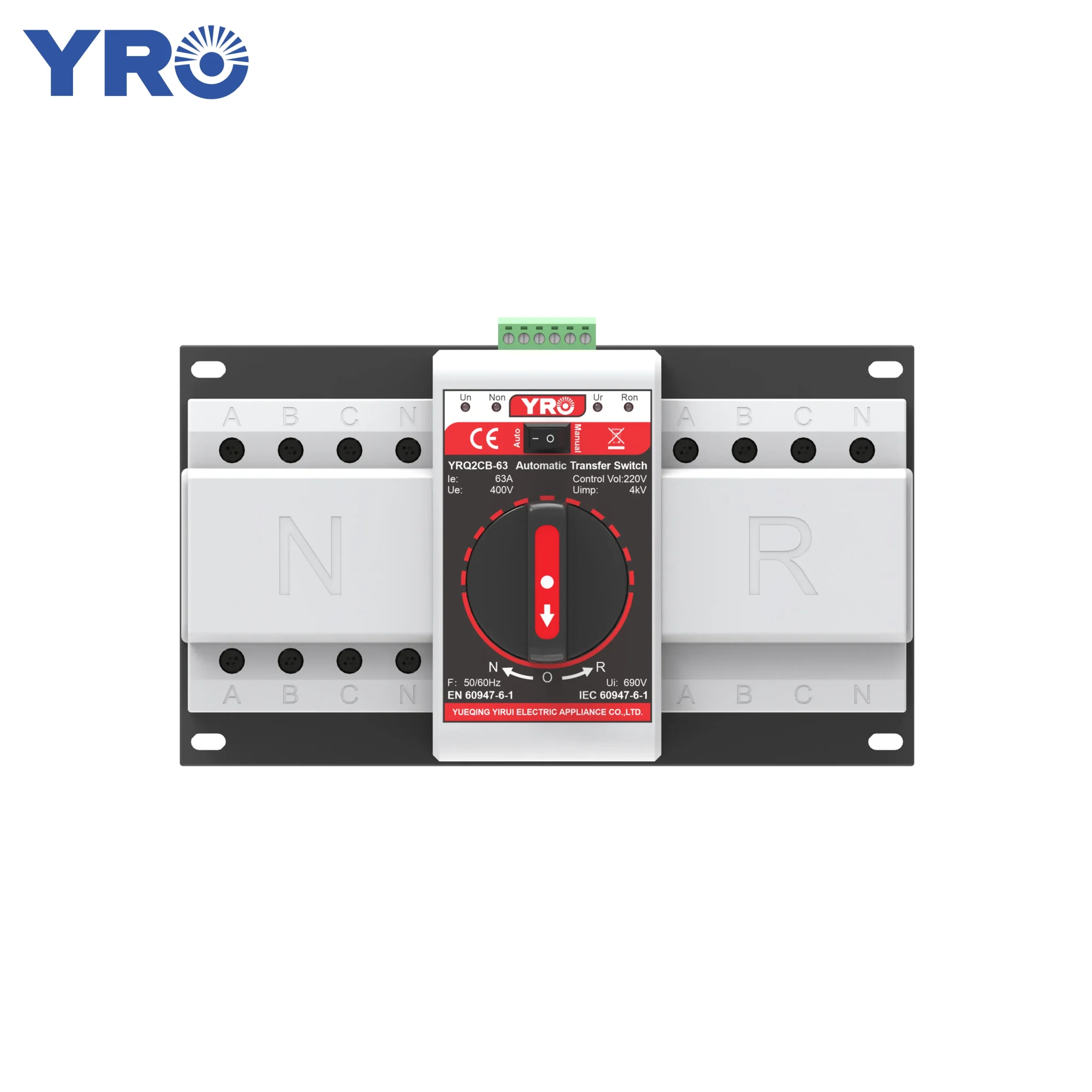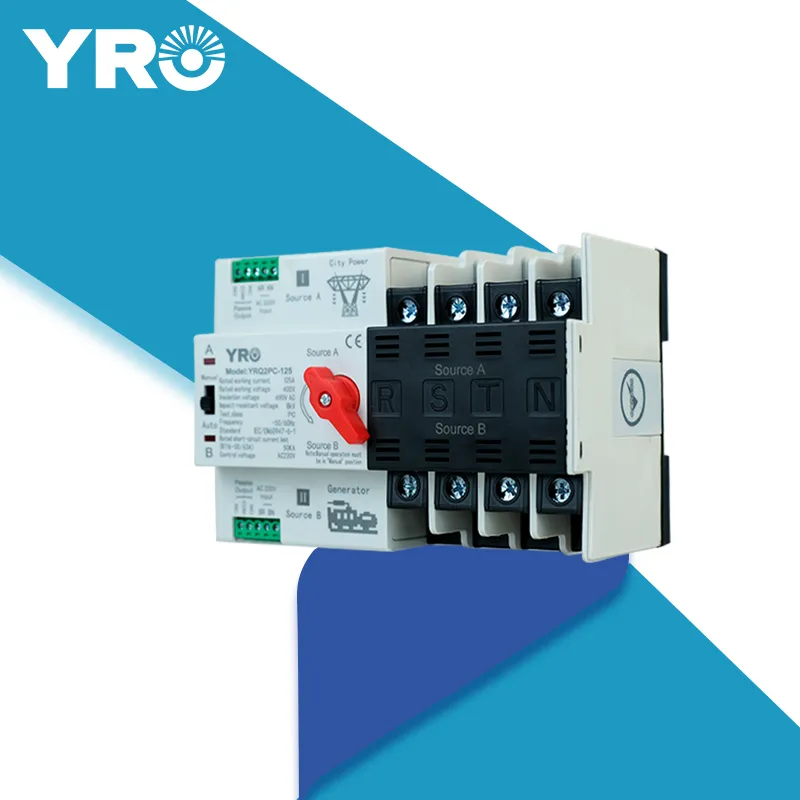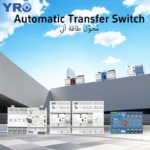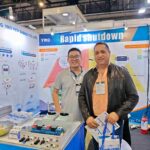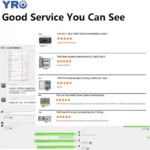In the modern power system dominated by technology, although automatic transfer switches (ATS) have become an important technological breakthrough in the field of backup power supplies, manual transfer switches (MTS) still maintain a considerable market share. This phenomenon has led us to think: In today’s highly automated era, why does this simpler technology still exist?
Unshakable Economic Advantage
For many consumers, the choice between manual and automatic solar uninterruptible power supply primarily considers budget. ATS consists of controllers and sensors, which make its manufacturing cost higher than MTS, typically 2-3 times more expensive.
MTS switches power through manual operation. It has a simple structure and low cost, and offers a price advantage while ensuring safety and reliability. For areas with less power outages or users who only need basic backup power functions, MTS can fully meet their needs and is an economical and practical choice.
Stronger Sense of Control
Unlike ATS, MTS requires user operation. This human intervention allows users to better understand system status and make judgments during emergencies. In certain industries, this manual control is even considered a safety advantage.
Fewer Failure Points
The simpler the structure, the lower the probability of failure. Compared with ATS which contain complex modules such as sensors and control circuits, MTS has almost no electronic components and is less susceptible to power surges or harsh environments.
In remote or harsh usage environments, this “simplicity is stability” design is actually a major advantage.
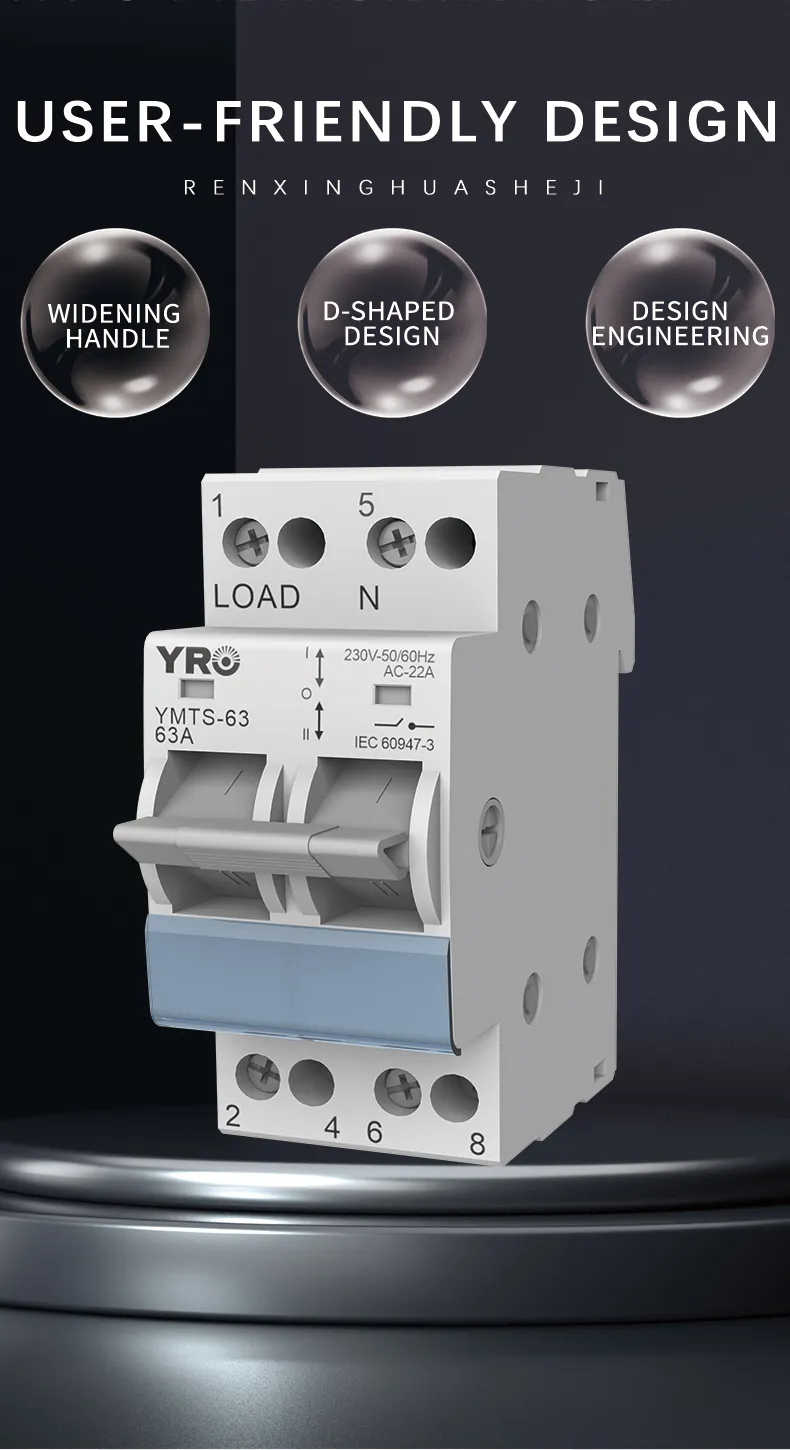 Suitable for Planned Load Switching
Suitable for Planned Load Switching
Not all dual power transfer switches are emergency situations. Sometimes, operators wish to artificially switch the load from the power grid to solar energy or generators for equipment maintenance, electricity bill savings or energy consumption adjustment. MTS can complete the switch at the planned time.
This scenario is particularly common in solar systems, where users often manually observe power generation and make load switching decisions based on electricity prices. For such flexible usage needs, MTS is more practical than ATS.
Conclusion
It’s not MTS versus ATS, but choosing the system more suitable for you.
Manual transfer switches are still widely used to this day precisely because they have the advantages of low cost, strong controllability, simple structure and wide applicability. Although automatic systems do perform well in many situations, this does not mean that MTS is “outdated”. Especially when it is used in combination with the high-quality circuit breakers of the YRL7 -63DC series, it can provide a stable and reliable power switching solution in household, commercial or hybrid energy systems.

